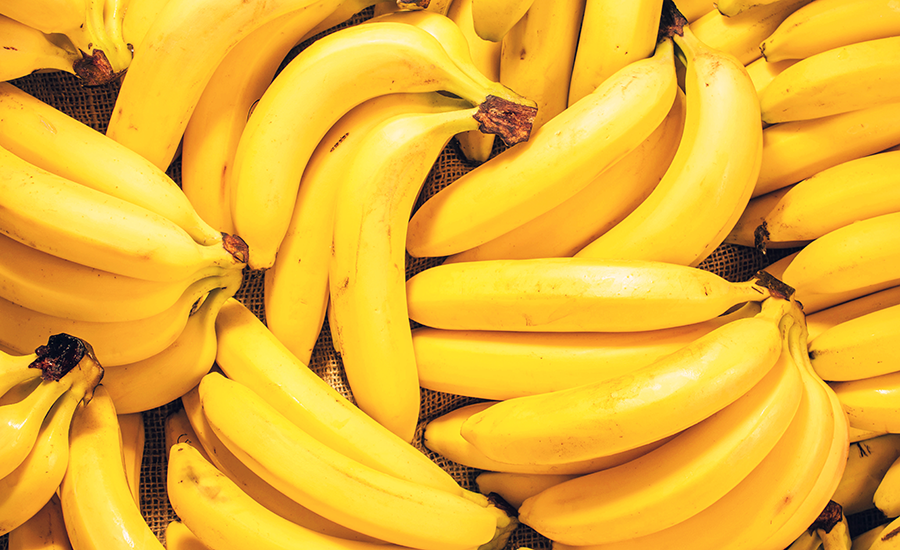Thinking of popping to your nearest specialist store for some sesame oil, turmeric, or soy? Some things haven't changed in 3,700 years, it turns out...
At least, that's what a growing new field of research, palaeoproteomics, suggests. Human mouths are full of bacteria, which continually petrify and form dental calculus — which can entrap and preserve tiny food particles. These remnants can be accessed and analysed thousands of years later, providing remarkable insight into the dietary habits of our ancestors.
Philip Stockhammer, an archaeologist at the Ludwig Maximilian University of Munich (LMU), has worked with Christina Warinner, a molecular archaeologist at Harvard University and the Max Planck Institute for the Science of Human History, and a team of researchers to apply this new method to the eastern Mediterranean, including the Bronze Age site of Megiddo and the Early Iron Age site of Tel Erani.
“Our high-resolution study of ancient proteins and plant residues from human dental calculus is the first of its kind to study the cuisines of the ancient Near East,” said Warinner, explaining its significance. “Our research demonstrates the great potential of these methods to detect foods that otherwise leave few archaeological traces. Dental calculus is such a valuable source of information about the lives of ancient peoples.”
High-resolution analyses of ancient dental calculus have given us a whole new perspective on the diets of Bronze Age people.
The research team took samples from a range of individuals and analysed which food proteins and plant residues were preserved in their teeth. “This enables us to find traces of what a person ate,” said Stockhammer. “Anyone who does not practice good dental hygiene will still be telling us archaeologists what they have been eating thousands of years from now!”
Of course, it's not quite as simple as looking at the teeth of those who didn't thoroughly clean them nearly four millennia ago and hoping the proteins survived. “Interestingly, we find that allergy-associated proteins appear to be the most stable in human calculus”, remarked Ashley Scott, LMU biochemist and lead author. That might be because of the known thermostability of many allergens. For instance, the researchers were able to detect wheat via wheat gluten proteins, which they independently confirmed with a different method using a type of plant microfossil known as phytoliths.
This substance has previously been used to identify millet and date palm in the same area during the Bronze and Iron Ages but phytoliths are not plentiful or even present in many foods, which is why this research is so exciting — palaeoproteomics means foods that have left few other traces, such as sesame, can now be identified.
Research suggests that the humble banana was eaten throughout the Mediterranean far earlier than first thought.
The method has allowed the team to identify that people at these sites ate, among other things, sesame, turmeric, soy, and bananas far earlier than anyone had realised. “Exotic spices, fruits and oils from Asia had thus reached the Mediterranean several centuries, in some cases even millennia, earlier than had been previously thought,” explained Stockhammer.
The finds mean that we have direct evidence for a flourishing long-distance trade in fruits, spices, and oils, from East and South Asia to the Levant via Mesopotamia or Egypt as early as the second millennium BCE.
More than that, the analyses "provide crucial information on the spread of the banana around the world. No archaeological or written evidence had previously suggested such an early spread into the Mediterranean region,” according to Stockhammer (although the sudden appearance of bananas in West Africa a few centuries later has previously led archaeologists to believe that such a trade might have existed, this is the first evidence).
The team acknowledged that other explanations are possible, including that the individuals concerned had travelled to East or South Asia at some point but there is evidence for other trade in food and spices in the Eastern Mediterranean — for instance, we know Pharaoh Ramses II was buried with peppercorns from India in 1213 BCE.
But it certainly seems like some foods might have been popular in the Mediterranean for much longer than we realised, which might be an interesting thought to accompany you next time you add some spices or bananas to your shopping basket.













